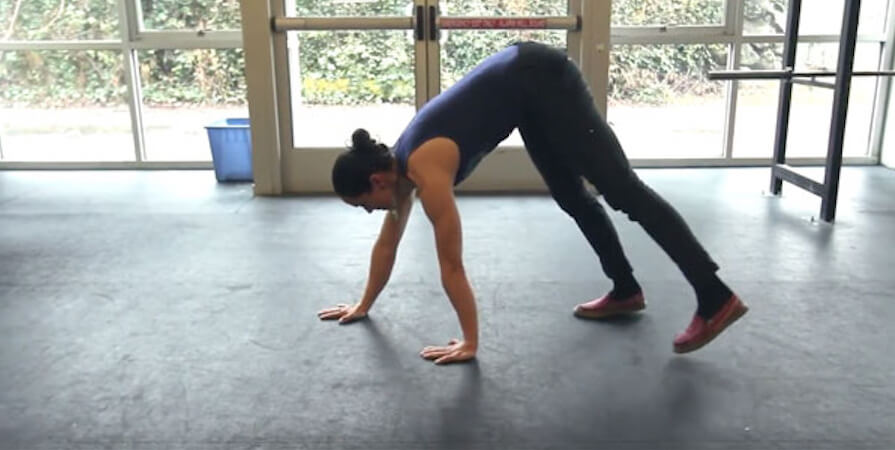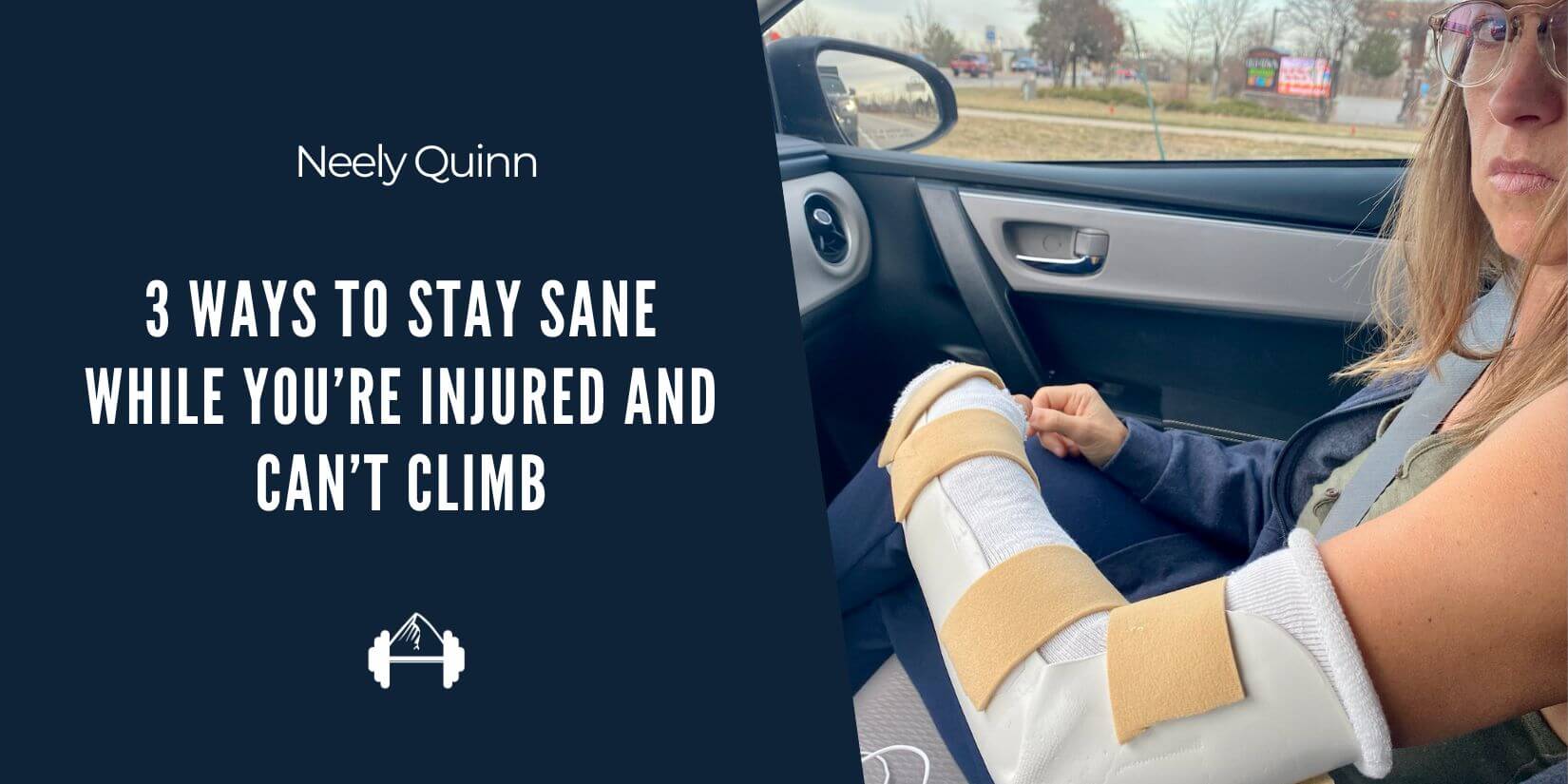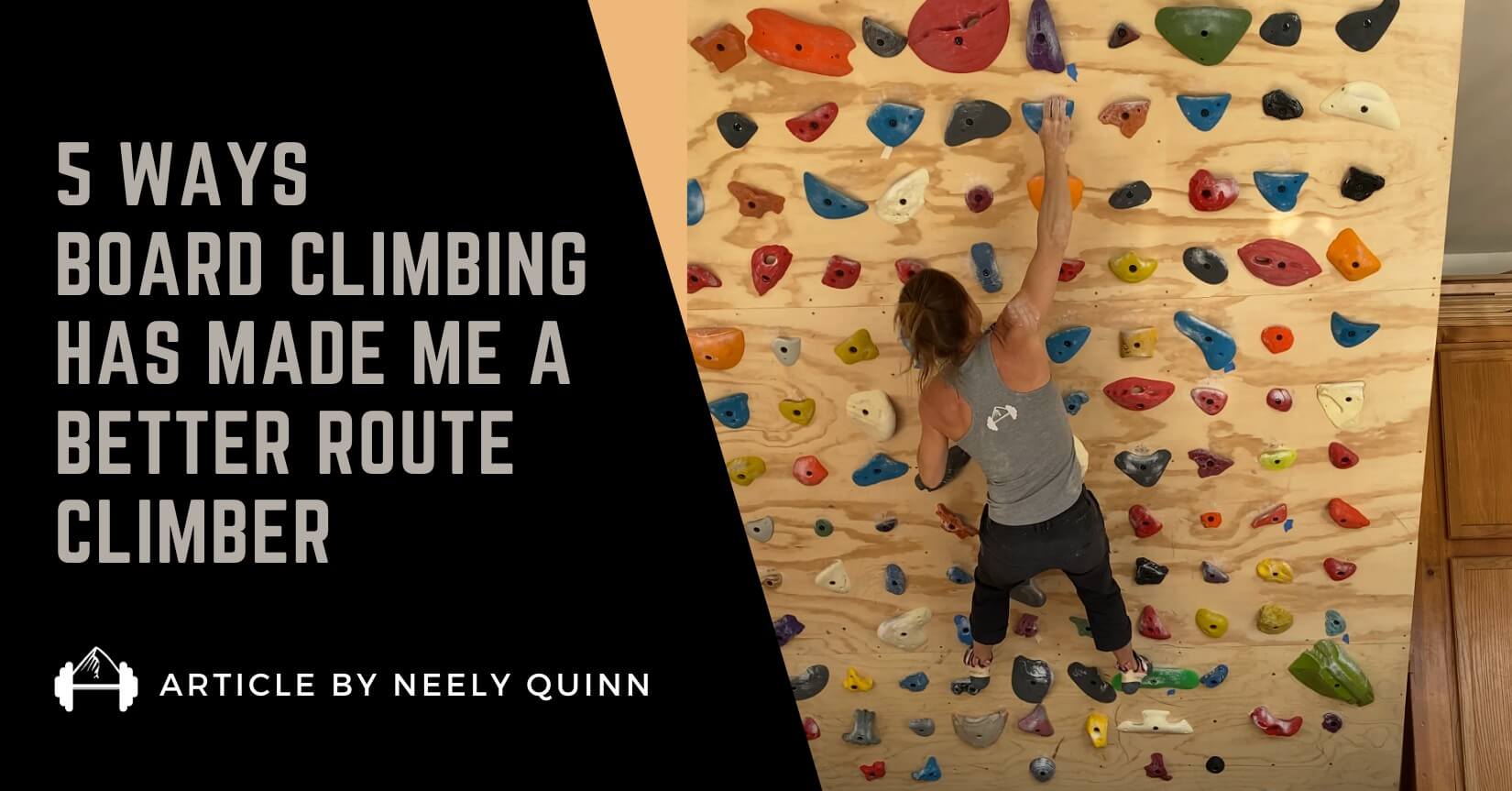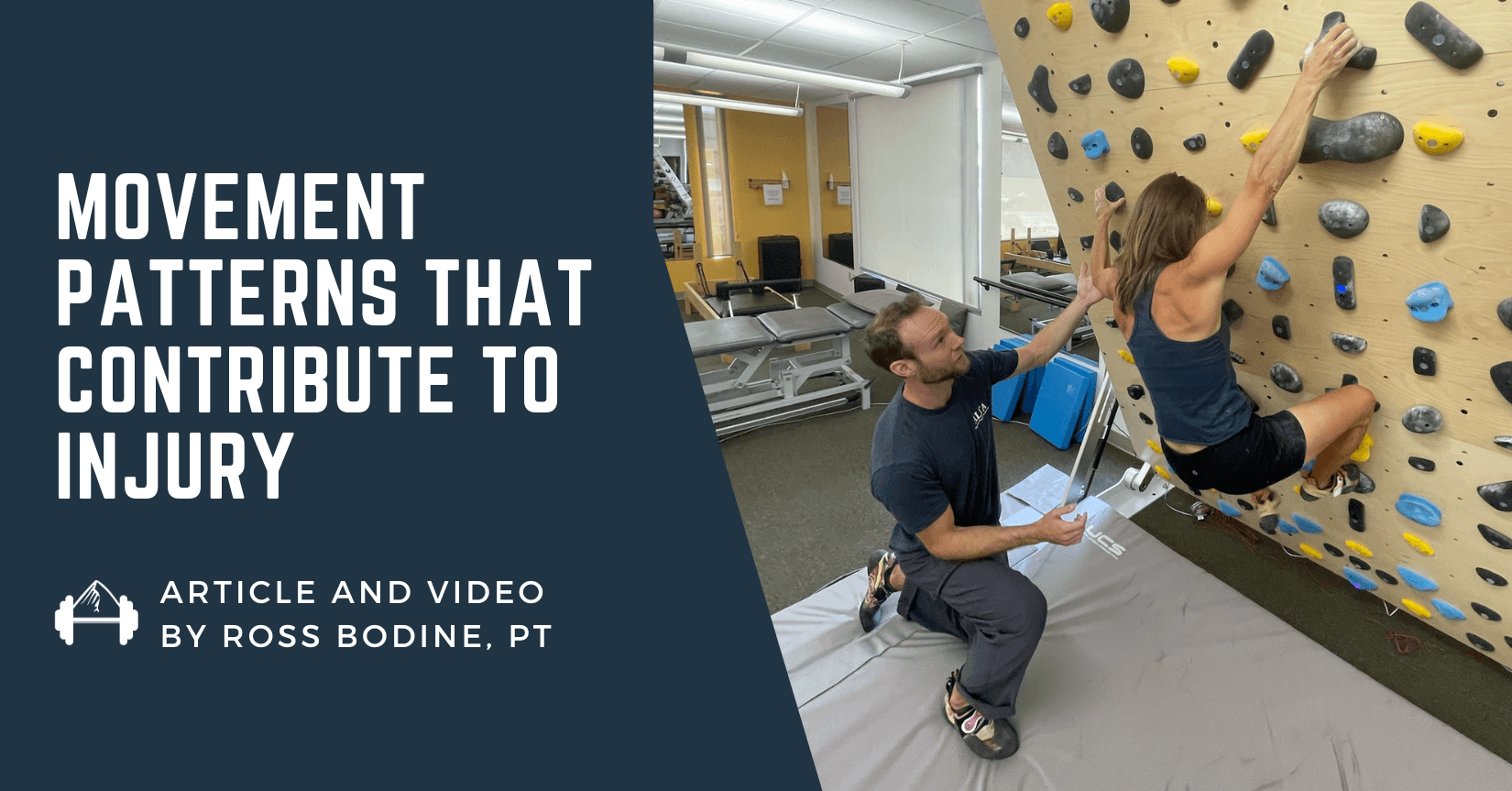While it may not make your fingers or biceps stronger, we all know that a good thorough warmup is extremely important for climbing. Making sure you body is completely warmed up allows you to effectively try your hardest and is one of the best forms of injury prevention. However, your warmup is also the perfect time to incorporate different types of movement and mobility training into your sessions.
Here’s an article by coach and trainer Mercedes Pollmeier about quadrupedal movement training and how using it as part of your warmup and training is a fun and interesting way of adding movement/body awareness training, antagonist strength work, and mobility exercises into your routine.
Enter Mercedes…
Quadrupedal Movement and Its Benefits for Climbing
What is Quadrupedal Movement (QM)? In Latin, a quadruped means “four footed.” In QM you usually see all four limbs in contact with the ground to move. In babies, you can observe this in their pursuit to crawl, scoot, and roll. If we use the definition of using all four limbs to move, we could almost define climbing as a quadruped sport! This is what got me inspired to learn and incorporate QM into my training regime for climbing, and teach it to my students.
Quadrupedal movement (QM) is the foundational movement that we all learn as babies. Some spend longer in this stage of development than others, but once we become adults, society/sports/lifestyle don’t have us using these basic skills on a regular basis, if at all. If we try these movements as an adult, they feel extremely difficult. And, it’s because if you don’t use it, you lose it!
QM is a wonderful part of training that is fun, requires no equipment and challenges your creativity. If done on a regular basis, in combination with locomotion training, it can help rebuild basic motor patterns when recovering from injury, develop a stronger core, and train for climbing without having to get on the wall. Other benefits of QM specific to climbing are training the antagonist muscles and motor patterns used in climbing, movement control and flow, and increase in overall strength and mobility.
How QM trains antagonist muscles and motor patterns:
- Primarily focuses on pushing patterns
- Places the fingers and wrists into extension
- Works thoracic extension
- builds strength in the triceps, pectorals, anterior deltoids, and hamstrings
How QM teaches movement control and flow:
- When practiced well, you can link movements together and create a sequence of moves. Transitioning from one move to the other with intention and focus, increases the awareness of the body and the breathe. You can specifically work on quiet feet and hands while moving, or you can focus on moving slowly, or dynamically, or just being creative with your movement. This all transfers to our technique training in climbing. The more we are deliberate with our foot placement, and finger contact, the better we move and breathe.
How QM increases overall strength and mobility:
- Builds overall shoulder and hip joint strength
- Increases the mobility in the wrists, elbows, hips, knees, and ankles
- Increases finger dexterity and finger joint health
I’m sure there are many more benefits to QM that I am missing, but I hope that this gives you a good picture of what this sort of training can do for you and your climbing. Of course, as climbers, we only have a few precious hours a week to focus on our training, so learning and focusing on a few basic moves a couple minutes a day will do wonders. Currently, I have my students do locomotion and QM as part of their warm-up for climbing and strength training sessions. You could include this as well. Bellow, I provided a QM tutorial that you can implement and practice at home in your living room, in the park, at the crag or in the gym. I hope you enjoy it, and keep on moving!
(link no longer available)
About Mercedes Pollmeier:
Mercedes Pollmeier
MS, CSCS, Founder of Modus Athletica
Mercedes has worked with hundreds of outdoor athletes, helping them achieve their adventure goals, both through online training and one on one coaching. Her professional goal is to help educate and inspire youth and adults to become well-rounded athletes so that they may enjoy movement for a lifetime. She is currently a coach for the Seattle Climbing Team and is the Fitness and Training Manager at the Seattle Bouldering Project. Her personal athletic history includes elite level competition in both tennis and bouldering. She is also a Scarpa Athlete and continues to compete in climbing and crushing boulders outside. She currently offers personal coaching online and has free movement resources on her website www.modusathletica.com. You can also check out her book Simple Strength on Amazon.






Leave A Comment